Adaptability and flexibility afforded by swing arm wall lights
A swing arm wall light is used to provide reading, task or local ambient light which can be adjusted as needed. The highly adaptable fixture offers the flexibility to move the fixture in multiple directions for complete control over where the light shines. This type of wall lights are most commonly mounted above nightstands in bedrooms for reading or to complete other tasks from the comfort of a bed. They’re also the common addition to the corner of a living room that requires additional light to compensate for where the overhead lighting doesn’t reach. Swing arm wall lights are very similar to table lamps in that they provide ample lighting and can serve more as decorative accent pieces. However, they do not occupy the nightstand space of a bedroom or the tabletop space of a living room. Whether you need functional reading lights or a compelling ambiance of light for unwinding at the end of the day, swing arm wall lights do a good job to reward the space with style and illumination.
Fixture design
A swing arm wall light is characterized by a hinged, extendable arm that allows the light source to be moved closer to or further from the wall, and also rotated. The light assembly of the fixture resembles that of a table lamp or desk lamp. Swing arm lights are conventionally lamp-based fixtures which use light bulbs as the light source. The fixture design of this type has been quite routine. A shade with a bottom diameter of 16″ or larger surrounds the light bulb to shield your eyes from glare and to direct the light in a desired direction. The shade that made of fabric, glass, plastic or a synthetic material has a certain level of translucency which encourages a diffused radiance to filter through. The diffused light provides visual adaption with the adjacent environment when the wall light is the single source of light in the room.
Lamp-based LED wall lights
The lamp-based design, however, has become obsolete since LED lighting technology took the center stage. LED replacement bulbs allow effortless upgrade from traditional technologies but they usually fail to deliver high quality light. The limitations imposed on the bulb form factor make it challenging to incorporate high performing driver circuits and thermal management system into LED bulbs. The commoditization of LED bulbs drives the prioritization of low price over light quality, driver reliability and thermal management. As a result, LED light bulbs are made with compromises in color quality, flicker removal, lumen maintenance, circuit efficiency, and dimming performance. The quality of light is especially a concern as the absolute majority of LED bulbs use cheap, lower CRI LEDs and bare-bones drivers that don’t provide tight control on the ripple content.
A holistic approach to developing LED wall lights
Modern LED reading lights come mostly with an integrated design which eliminates the use of bulky bulbs and incorporates LEDs into the light assembly. The light module formed from an assembly of LEDs on a metal-core printed circuit board (MCPCB) are custom designed to meet the light distribution requirement of the fixture. The directionality and small sizes of LEDs give freedom to design luminaires in an organic shape and sculptural form. The synergy of high color fidelity LEDs, high performance drivers and superior optical engineering contributes to outstanding quality of light that is critical to task lighting. The shade that crowns the light module continues to be the most decorative feature of a wall light but is less functional than it was used to be.

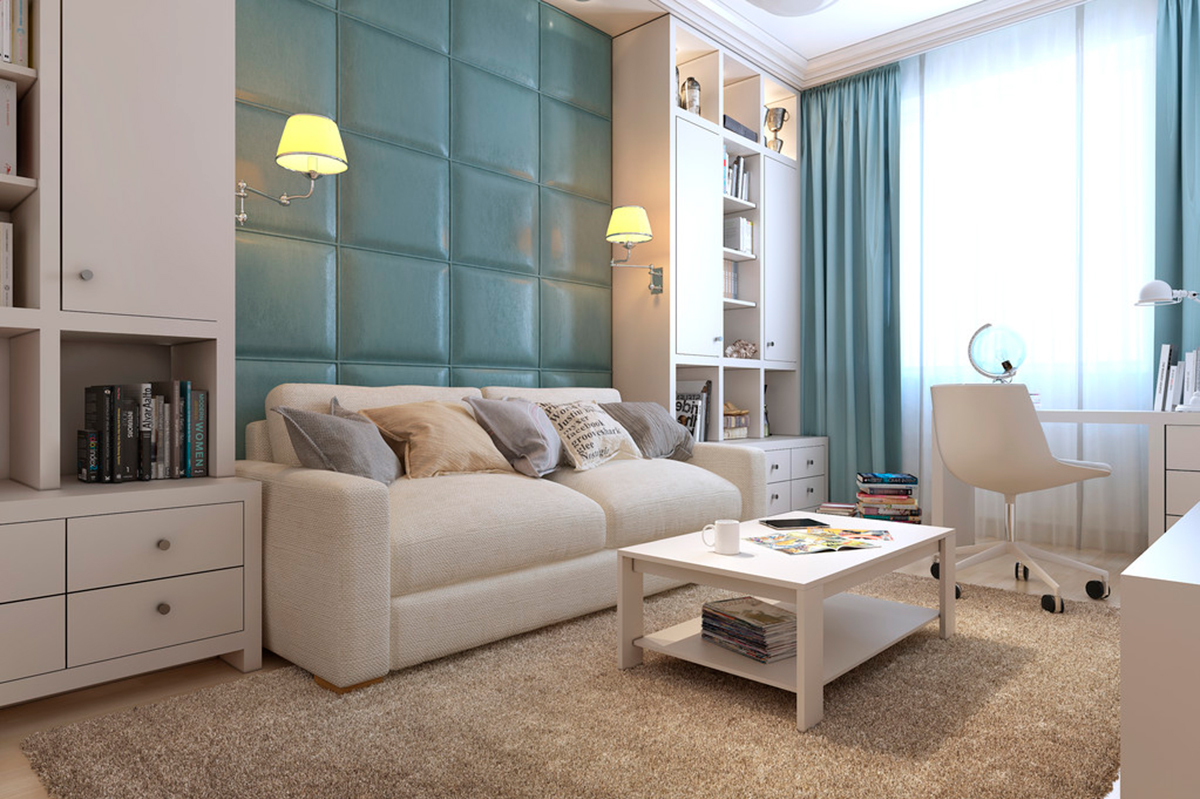
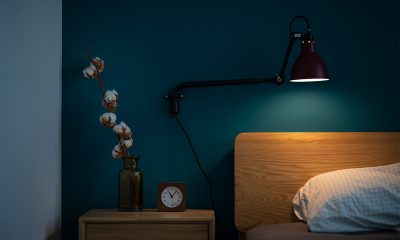
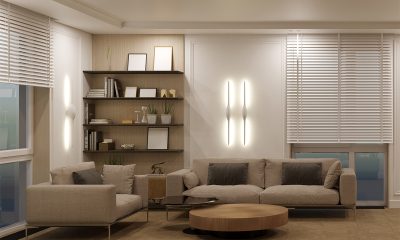
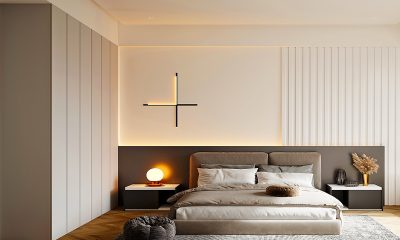
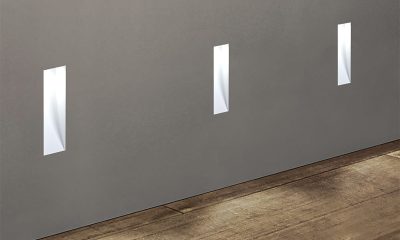
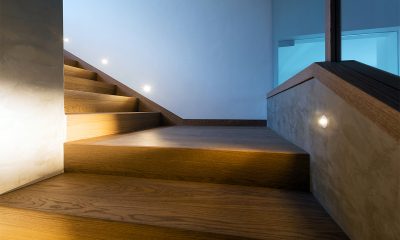
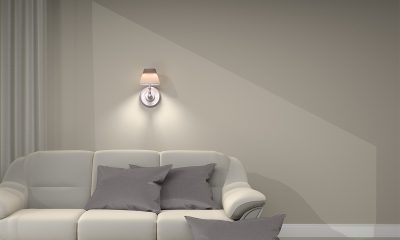

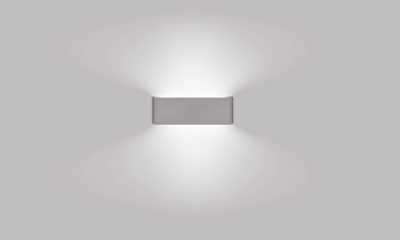
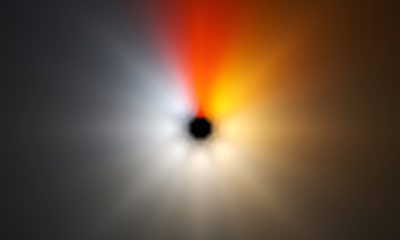

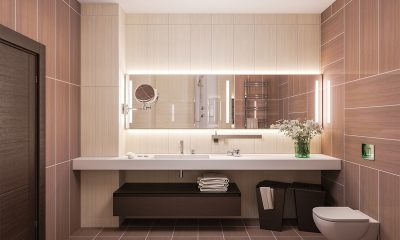
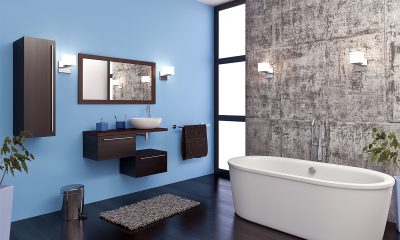





Loading...